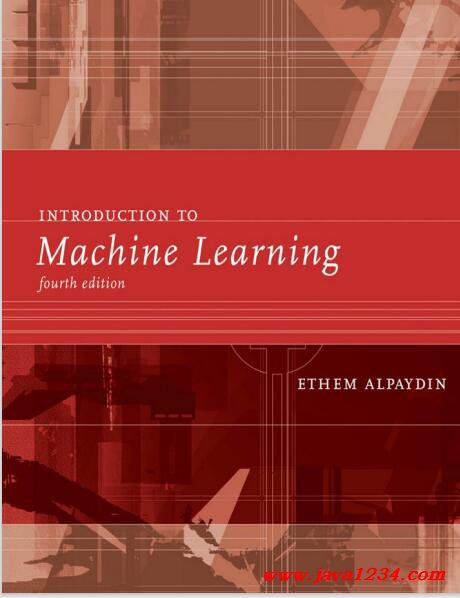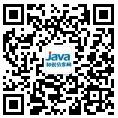AT THE core of computer programming lies the concept of the
algorithm. An algorithm is a sequence of instructions that
should be carried out to transform the input to an output.
Since computers were first built, we have been able to devise
algorithms for many tasks, and as a consequence, nowadays
we use computers for all sorts of purposes. They have become
an indispensable part of our everyday life, both professionally
and socially, and digital technology has become the main
means to store, process, and transmit information.
For some tasks, however, we do not have an algorithm,
despite decades of research. Some of these are tasks we as
human beings can do, and do effortlessly, without even being
aware of how we do them. We can recognize a person from a
photograph; we can move in a crowded room without hitting
objects or people; we can play chess, drive a car, and hold
conversations in a foreign language.
In machine learning the idea is to learn to do these types of
things. Roughly speaking, our approach is to start from a very
general model with many parameters, and that general model
can do all sorts of tasks depending on how its parameters are
set. Learning corresponds to adjusting the values of those
parameters so that the model matches best with the data it
sees during training. Based on this training data, the general






